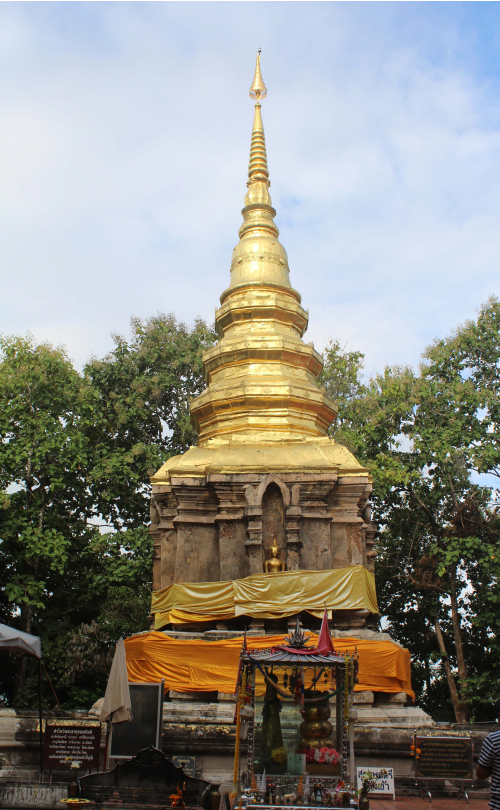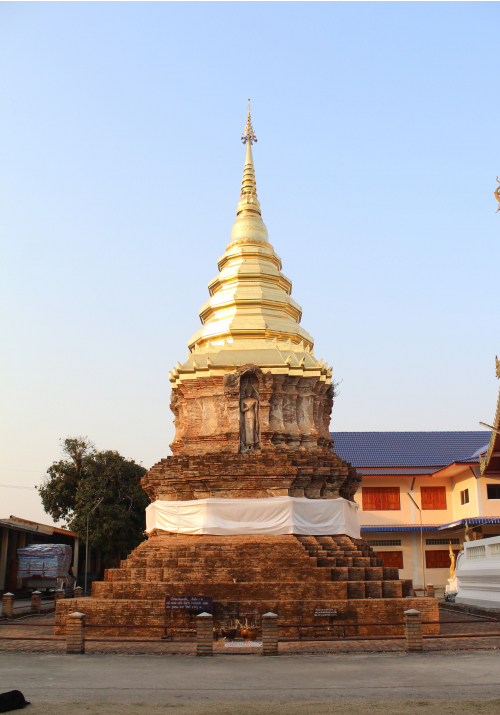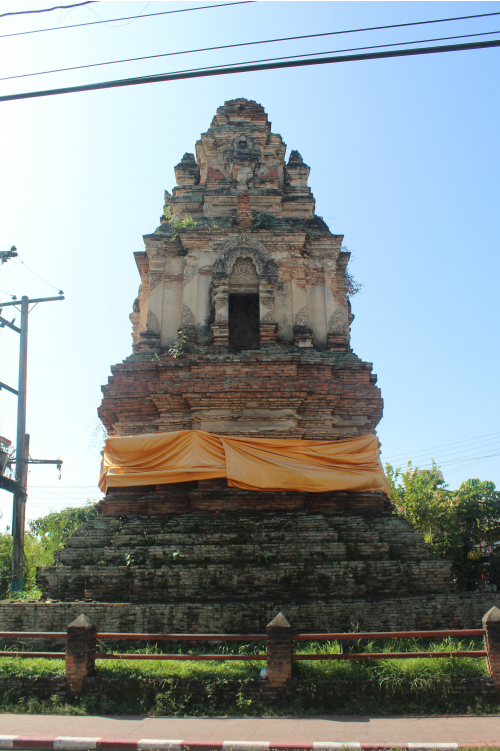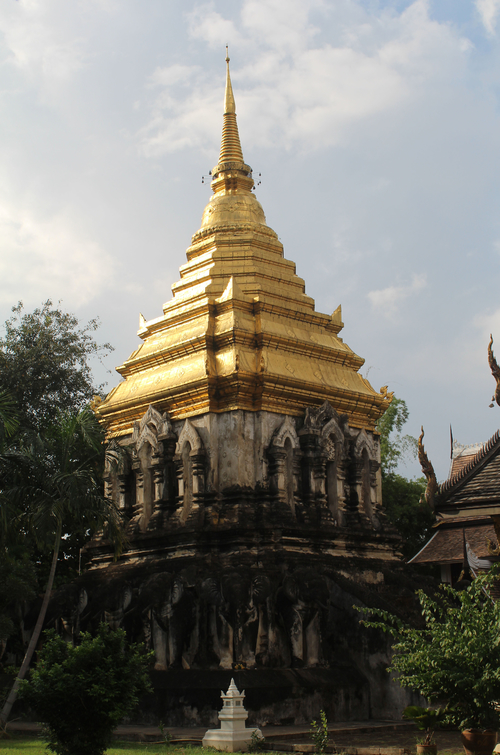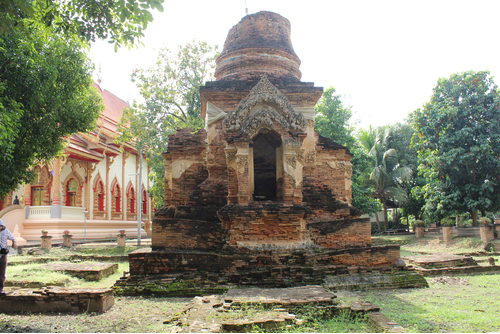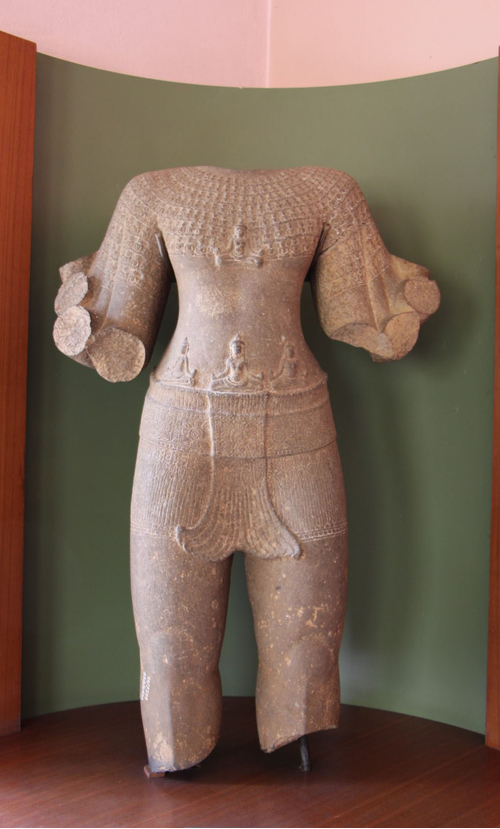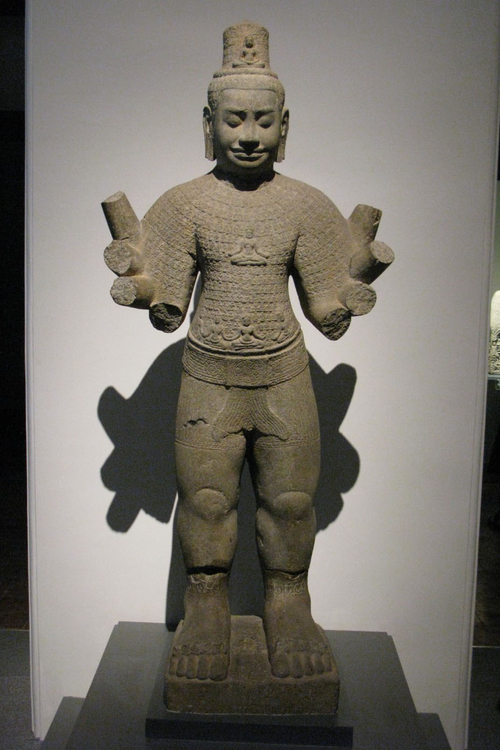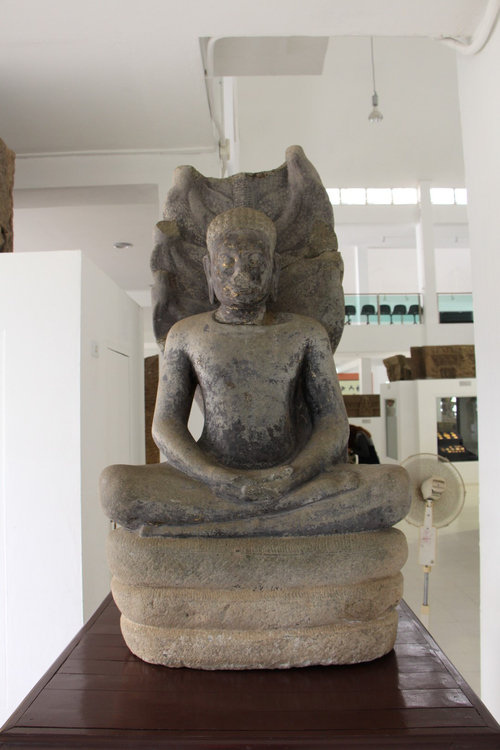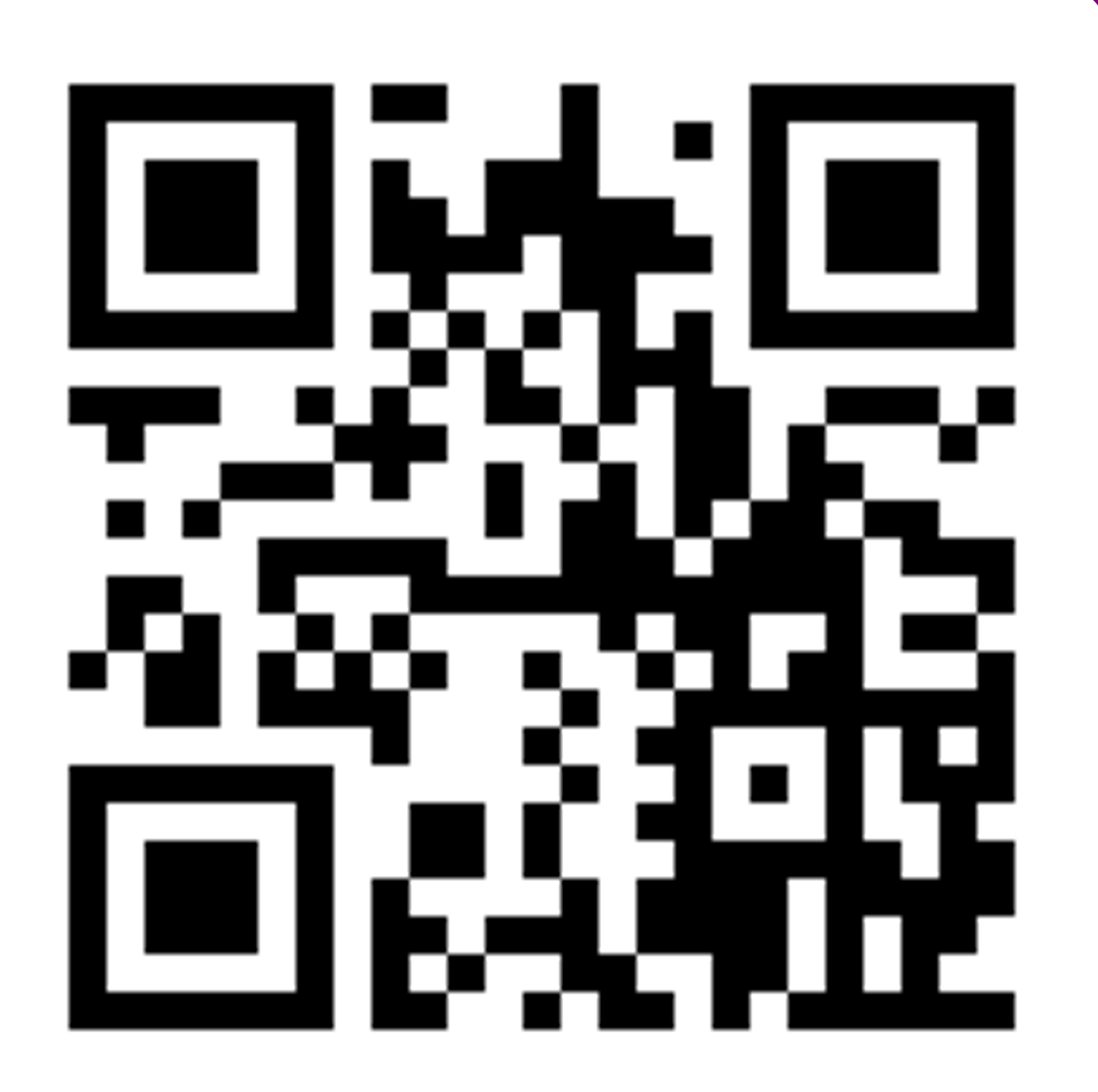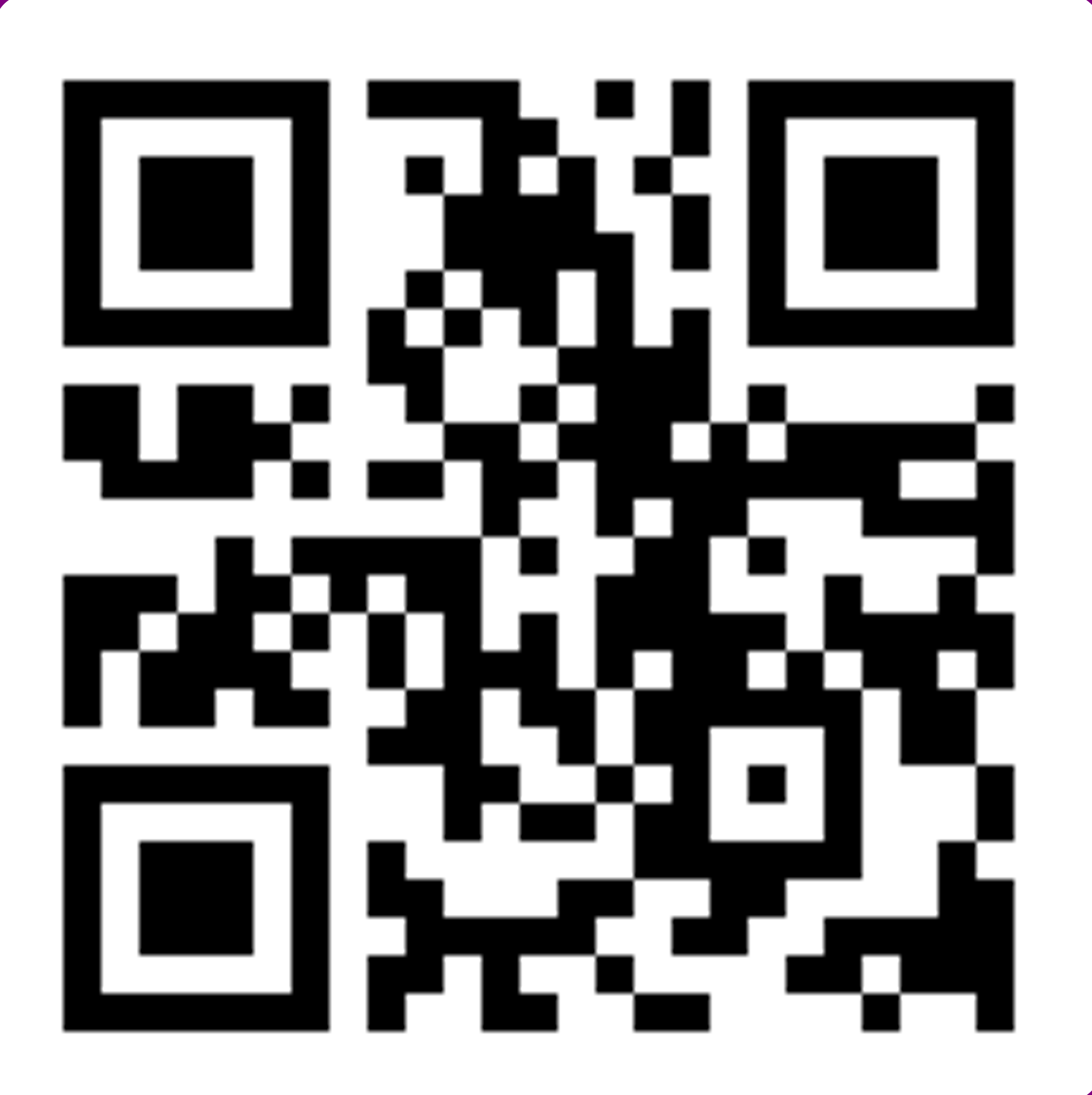ค้นหางานศิลปกรรม
ฐานข้อมูลศิลปกรรมในเอเชียตะวันออกเฉียงใต้
สถาปัตยกรรมเจดีย์ประธาน
เจดีย์องค์นี้เป็นเจดีย์ทรงปราสาท ฐานล่างเป็นฐานเขียง 1 ฐานในผังสี่เหลี่ยมต่อด้วยฐานบัวคว่ำอีก 1 ฐานรองรับด้วยลูกแก้วอกไก่ขนาดใหญ่ 1 ลูกรองรับฐานบัวคว่ำบัวหงายคาดลูกแก้วอกไก่ในผังยกเก็จ ถัดขึ้นไปเป็นเรือนธาตุบนฐานบัวคว่ำบัวหงาย เรือนธาตุในผังสี่เหลี่ยมมีการยกเก็จเพื่อออกซุ้มจระนำ เรือนธาตุประดับด้วยบัวเชิง ลูกแก้วอกไก่มีการตวัดปลายเล็กน้อย และบัวรัดเกล้า ยังมีร่องรอยของการประดับด้วยลายกาบบนและกาบล่าง ส่วนยอดมีหลังคาเอนลาด ต่อด้วยฐานบัวคว่ำบัวหงายคาดลูกแก้วอกไก่ในผัง 12 เหลี่ยม 3 ฐาน โดยประดับลูกแก้วอกไก่เฉพาะฐานล่างเท่านั้น ส่วนรองรับองค์ระฆังอยู่ในผังกลม องค์ระฆังในผังกลม บัวแวงหรือปัทมบาท ปล้องไฉนและปลียอด ส่วนยอดมีฉัตร
สถาปัตยกรรมเจดีย์ประธาน
เจดีย์องค์นี้เป็นเจดีย์ทรงปราสาทยอดเดียว ฐานเขียงด้านล่างอยู่ในผังสี่เหลี่ยม 1 ฐานรองรับฐานเขียงในผังยกเก็จ 28 จำนวน 4 ฐาน ต่อด้วยฐานบัวคว่ำบัวหงาย 2 ฐานต่อกันยืดท้องไม้สูงในผังยกเก็จ 28 ปลายเส้นลวดสะบัดขึ้นเล็กน้อย เรือนธาตุยกเก็จ 28 มีซุ้มจระนำทั้ง 4 ด้านประดิษฐานพระพุทธรูปประทับยืน เหนือเรือนธาตุมีหลังคาลาด ต่อด้วยฐานบัวคว่ำ ชุดฐานบัวคว่ำบัวหงาย 3 ฐานในผัง 12 เหลี่ยม รองรับองค์ระฆังที่มีบัวปากระฆัง องค์ระฆังและบัลลังก์อยู่ในผังกลม ต่อด้วยบัวแวงหรือปัทมบาทรองรับปล้องไฉนและปลี
สถาปัตยกรรมเจดีย์ทรงปราสาท
เจดีย์องค์นี้เป็นเจดีย์ทรงปราสาท มีฐานเขียงรอบรับฐานบัวคว่ำบัวหงายคาดลูกแก้ว 1 เส้น 2 ฐานยืดท้องไม้สูงในผังยกเก็จ ต่อด้วยฐานหน้ากระดานยกเก็จรองรับเรือนธาตุยกเก็จมีซุ้มจระนำทั้ง 4 ด้านประดิษฐานพระพุทธรูป ประดับลายกาบบน กาบล่าง ประจำยามอกที่บริเวณเสา เหนือขึ้นไปเป็นส่วนเรือนยอดที่ทำเป็นเรือนชั้นซ้อนคือมีผนัง ช่องวิมาน มีปราสาทจำลองที่ด้านและมุม มีบรรพแถลงสลับกับหลังคาลาด ส่วนยอดสุดหักหายไป
สถาปัตยกรรมเจดีย์ช้างล้อม
เจดีย์องค์นี้เป็นเจดีย์ทรงปราสาท ฐานล่างเป็นฐานเขียงต่อด้วยฐานช้างล้อม ที่มีประติมากรรมรูปช้างทั้งสิ้น 15 เชือก ต่อด้วยทางประทักษิณมีบันไดทางขึ้นทางทิศตะวันออก เรือนธาตุมีการประดับซุ้มด้านละ 3 ซุ้ม รวม 12 ซุ้มมีการประดับลวดลายปูนปั้น จระนำกลางเป็นซุ้มซ้อน ส่วนยอดเป็นหลังคาลาด 2 ชั้นในผังยกเก็จ ต่อด้วยชุดฐานรองรับองค์ระฆัง 3 ฐานในผังแปดเหลี่ยม บัวปากระฆัง องค์ระฆังในผังกลม บัลลังก์ในผังเพิ่มมุม ก้านฉัตร ปล้องไฉน และปลี
สถาปัตยกรรมเจดีย์ทรงปราสาท วัดเกาะกลาง
เจดีย์องค์นี้เป็นเจดีย์ทรงปราสาทห้ายอด ฐานล่างสุดเป็นฐานเขียงรองรับส่วนเรือนธาตุที่เป็นห้องและมีลักษณะเป็นจตุรมุขมีซุ้มจระนำยื่นออกมาทั้ง 4 ด้าน แต่ละซุ้มมีการประดับลวดลายปูนปั้น เหนือขึ้นไปเป็นเจดีย์ทรงระฆังต่อด้วยปล้องไฉนแต่หักหายไปแล้ว
ประติมากรรมพระโพธิสัตว์อวโลกิเตศวรเปล่งรัศมี
พระโพธิสัตว์อวโลกิเตศวรเปล่งรัศมีอยู่ในอิริยาบถยืนตรง พระเศียร พระกร และระชงฆ์ตลอดจนพระบาทชำรุดหักหายไปหมดแล้ว บริเวณพระอุระตลอดจนพระอังสา (ไหล่) และพระพาหา (ต้นแขน) ประดับด้วยแถวพระพุทธรูปจำนวนมากมายราวกับเป็นเกราะ กึ่งกลางพระอุระและบั้นพระองค์ปรากฏรูปบุคคลขนาดใหญ่อาจหมายถึงนางปรัชญาปารมิตา สวมสมพตสั้นที่สลักลวดลายอย่างคร่าวๆ ช่วงล่างของพระองค์ตั้งแต่พระอูรุ (ต้นขา) ใหญ่ผิดสัดส่วนตามแบบประติมากรรมในศิลปะบายน
ประติมากรรมพระโพธิสัตว์อวโลกิเตศวรเปล่งรัศมี
พระโพธิสัตว์อวโลกิเตศวรเปล่งรัศมีอยู่ในอิริยาบถยืนตรงบนฐานหน้ากระดานสี่เหลี่ยม สภาพสมบูรณ์มากมีเพียงพระกรทั้งแปดที่หักหายไป พระพักตร์เหลี่ยม พระเนตรปิด แย้มพระโอษฐ์เล็กน้อยตามอย่างศิลปะเขมรแบบบายน ทำให้เกิดความรู้สึกสงบ เกล้าพระเกศาเป็นมวยทรงกระบอก มีรูปพระพุทธเจ้าอมิตาภะประดับมวยผม และมีพระพุทธรูปจำนวนมากประดับพระเศียรแทนเส้นพระเกศา พระองค์ส่วนบนประดับด้วยแถวพระพุทธรูปจำนวนมากมายราวกับเป็นเกราะ กึ่งกลางพระอุระและบั้นพระองค์ปรากฏรูปบุคคลขนาดใหญ่ อาจหมายถึงนางปรัชญาปารมิตา พระกรทั้งแปดหักหายไปแล้ว สวมสมพตสั้นที่สลักลวดลายอย่างคร่าวๆ ช่วงล่างของพระองค์ตั้งแต่พระอูรุ (ต้นขา) จนถึงพระบาทใหญ่ผิดสัดส่วน สวมธำมรงค์ที่นิ้วพระบาททั้งสิบ
ประติมากรรมพระพุทธรูปนาคปรก
พระพุทธรูปอยู่ในอิริยาบถนั่งทำปางสมาธิ ขัดสมาธิราบ พระชงฆ์คมเป็นสันดังมนุษย์จริง ครองจีวรห่มเฉียง บางแนบพระวรกาย ไม่มีริ้ว พระพักตร์สงบ พระเนตรปิด แย้มพระโอษฐ์เล็กน้อย ขมวดพระเกศาเวียนเป็นวงก้นหอย พระอุษณีษะนูนเพียงเล็กน้อย ขนดนาคที่รองรับพระพุทธเจ้ามี 3 ขนด มีพังพานนาคหลายเศียรปกอยู่ทางด้านหลัง
